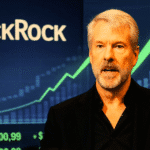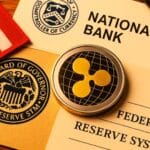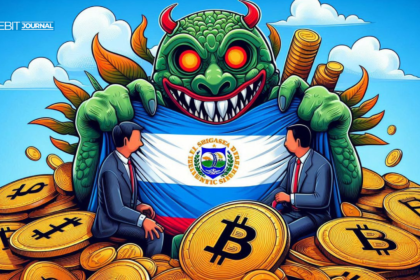Gold prices have surged significantly this year. However, according to a leading market strategist, the recent consolidation below record highs suggests the metal may be facing a major resistance level.
A Triple Top for the Gold Market?
In her latest note, Nicky Shiels, Head of Metals Strategy at MKS PAMP, warns that the gold market could be encountering a triple top. Shiels points out that in the past 30 years, gold has achieved annual gains of 30% only three times. The first was in 2007 when prices climbed by 31%. The second was in 2010, with a 30% increase. And finally, this year.
As tracked by The Bit Journal, gold hit this 30% milestone in September. However, the market quickly shifted its expectations for aggressive rate cuts as the Federal Reserve signaled a new easing cycle. As a result, the precious metal has struggled in recent weeks, with December gold futures recently trading at $2,640, up 27% year-to-date. Shiels attributes the remaining gap to around 10% of the market, driven by opaque over-the-counter (OTC) transactions and unreported central bank demand. She explains:
“OTC and unknown physical flows are playing a larger role in this war economy, driving price moves with more volatility. This explains why ranges are wider and price action is more unpredictable than before. The mysterious 10% of price movement is largely due to continued accumulation by retail and physical trading centers from the Middle East to India and China.”

Professional Gold Analysts Share Predictions
“The bull market seems overstretched but still has room to grow.”
OTC demand for gold remains a wild card. Still, Shiels highlights growing signs of near-term consolidation in visible markets as long-term support continues. She notes that speculative bullish positions seem to have been stretched, creating some market froth. However, by historical standards, there’s still room for growth. According to Shiels, the speculative positioning in gold is only about a third of its historical potential. She further comments:
“Investors currently hold 108 million ounces of gold, below past price peaks like those during COVID in 2020, the Russian invasion, the U.S. banking crisis, and the December 4th, 2023 peak. This year, investors have added 9.3 million ounces to their portfolios, with annual inflows of around 11.2 million ounces. These figures are far below the massive inflows of 38 million ounces in 2019 and 33 million ounces in 2009. Considering the ample liquidity still in the system from the easing cycle, gold exposure remains relatively underweight.”
What’s Next for Gold Investors?
Will the precious metal continue to reach new highs?
Nicky Shiels maintains her view that any dips should be seen as buying opportunities. Despite the slowdown in official purchases in the second half of the year, she asserts that central bank demand will continue to support gold prices. She also notes a key level to watch:
“While central bank buying may slow in 2024, it won’t be enough to spook the markets. However, it will likely keep gold trading sideways around the $2,600 level since August. Gold trading is far from overcrowded, meaning prices aren’t close to peaking just yet.”
As we head into 2024, gold’s future looks uncertain but potentially promising. Investors are watching the metal closely, with many ready to jump in at any signs of a pullback.
- https://twitter.com/Thebitjournal_
- https://www.linkedin.com/company/the-bit-journal/
- https://t.me/thebitjournal
Follow us on Twitter and LinkedIn and join our Telegram channel to be instantly informed about breaking news!





























